Join the VIP Teacher Club!
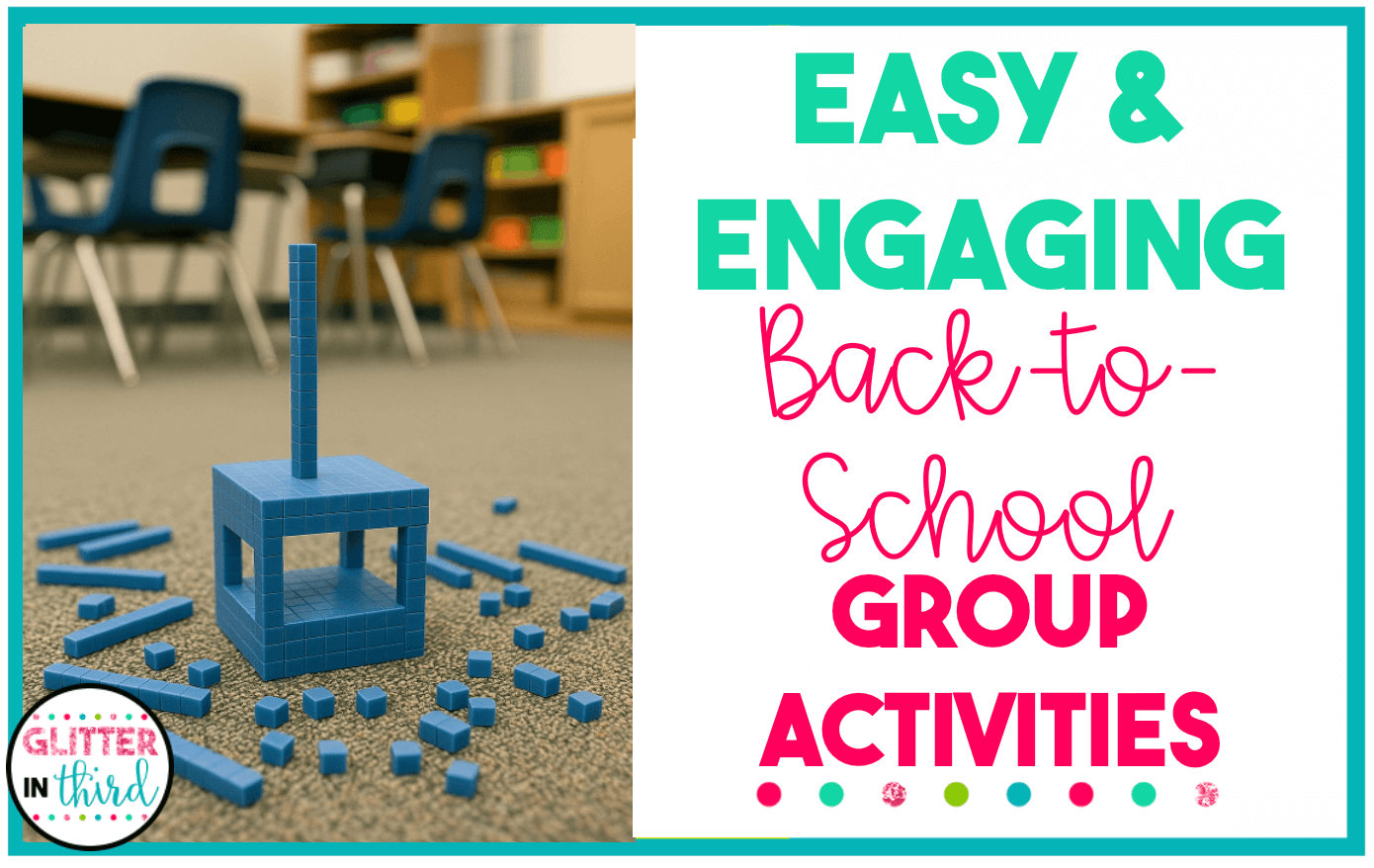
Need some group activities for the first week of school?
The first week sets the tone for your entire year—but that doesn’t mean you need to start with lectures or long lists of rules. A better way to build community and teach routines? Group activities that get students talking, moving, and working together.
Below, you’ll find six group activities for the first week of school that help students build relationships, learn expectations, and feel right at home in your classroom from day one.
P.S. If your room still needs some finishing touches, these 3rd grade classroom setup ideas that actually work can help make your space more functional for group work and daily routines.
When students work together in small groups or teams, they get the chance to:
The best part? You can reinforce important routines without having to repeat yourself a dozen times. With interactive group activities, students absorb what they need to know—because they’re doing it together.
Students work in small groups to find key areas in the room like the turn-in tray, classroom library, supply station, and mailboxes. It’s a simple way to get them moving while learning how your classroom runs.
Why It Works:
Students work in small groups to review different classroom behavior scenarios. They decide whether each one shows someone following expectations or needing a reminder. After sorting, groups explain their thinking and help create a class expectations chart.
What You Need:
Step-by-Step Directions:
Why It Works:
It makes behavior expectations concrete, encourages meaningful discussion, and helps students reflect on real situations.)
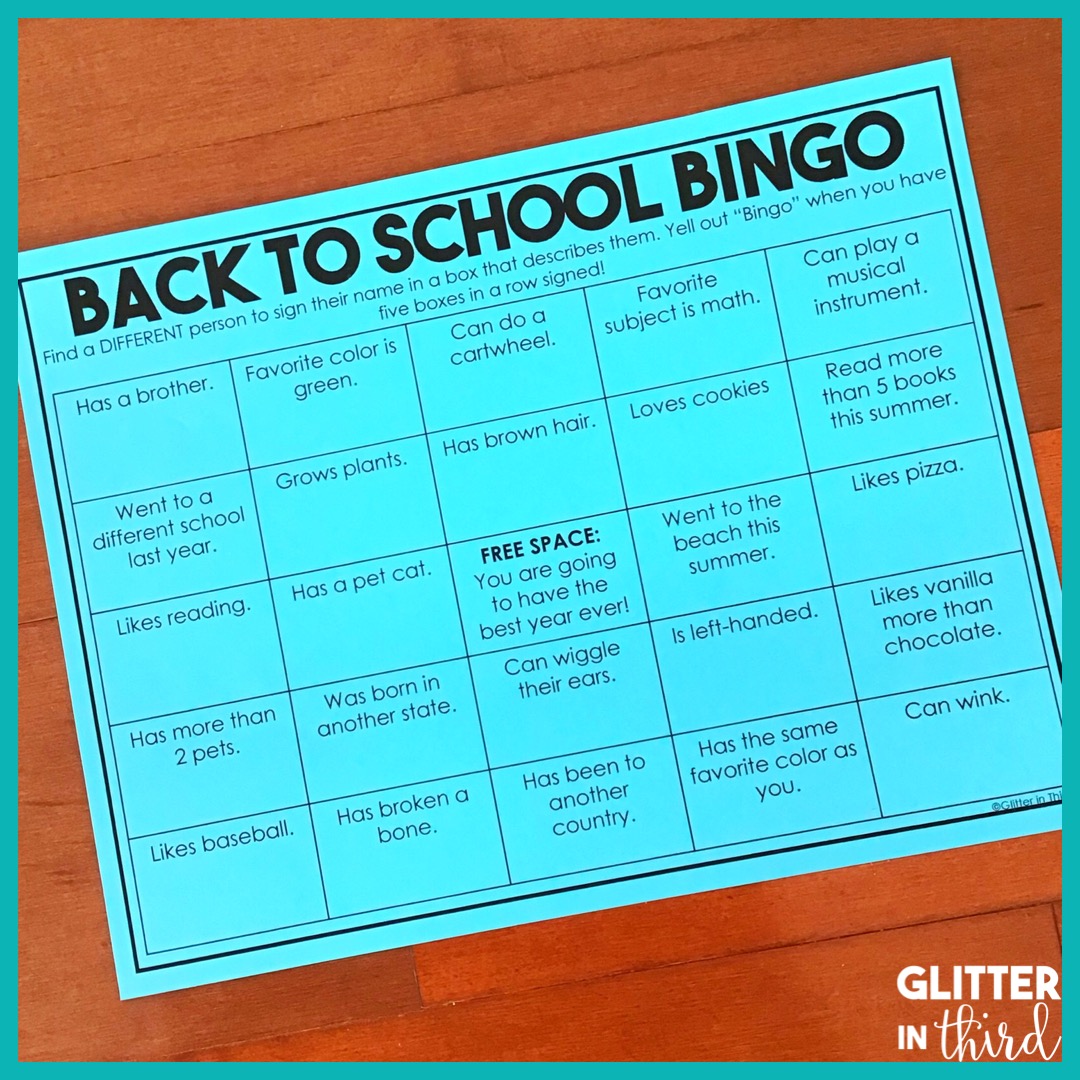
Each group gets a bingo board with prompts like “has a pet cat” or “has been to another country.” Students work together to find classmates who match each square. It’s a fun way to build connections and encourage teamwork.
What You Need:
Step-by-Step Directions:
Why It Works:
It builds relationships, gets students interacting, and provides a low-stress way to start the year.
P.S. Want to try this with your class? I’ve got a ready-to-use Bingo Board for you—and it’s free! Just drop your email below to grab it.
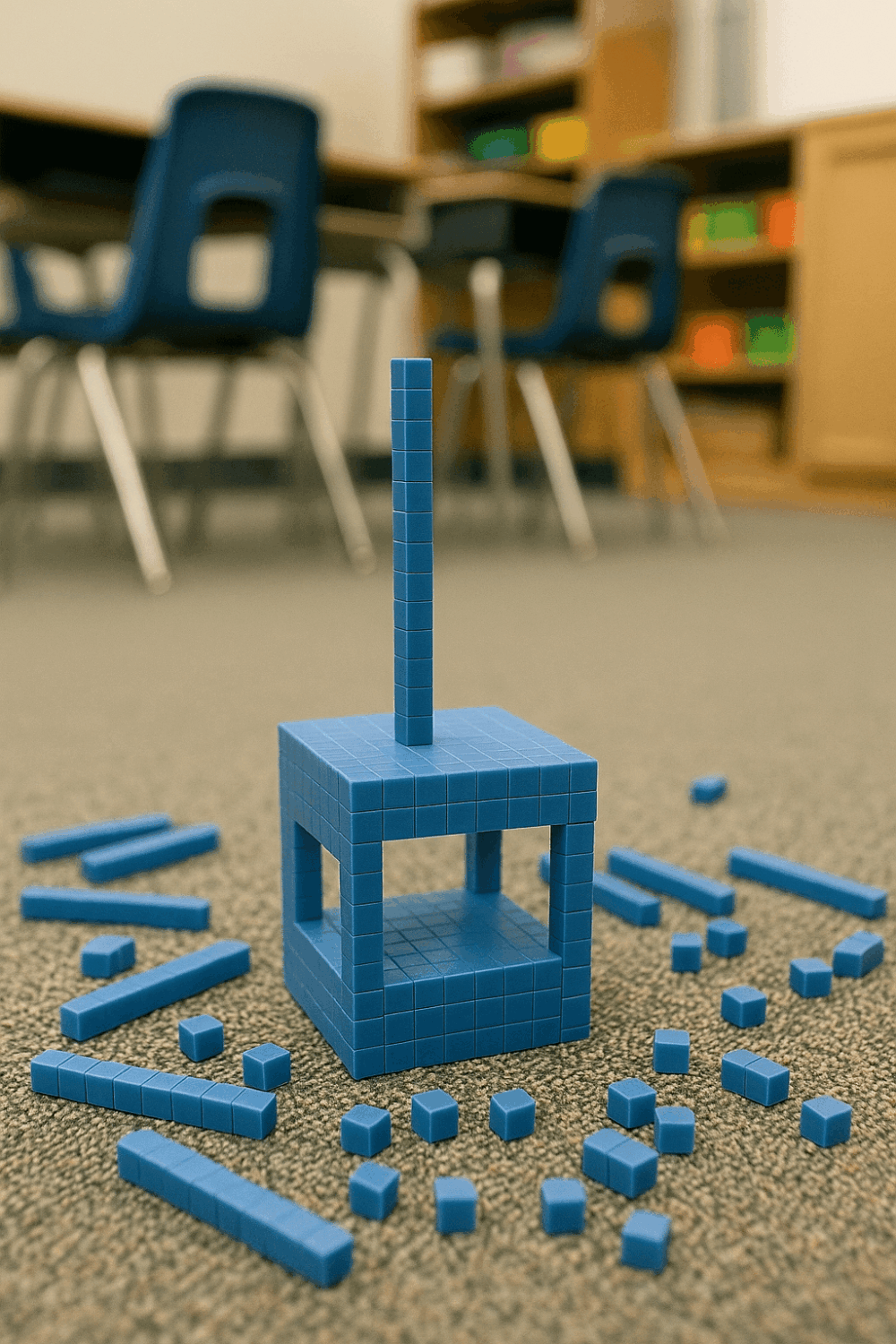
In this STEM-style math activity, students work in groups to build the tallest tower possible using up to 2,000 base-ten blocks. They must decide how to use hundreds, tens, and ones to create a stable, tall structure while staying within the limit.
It encourages math talk, teamwork, and critical thinking—all while reinforcing place value in a hands-on way.
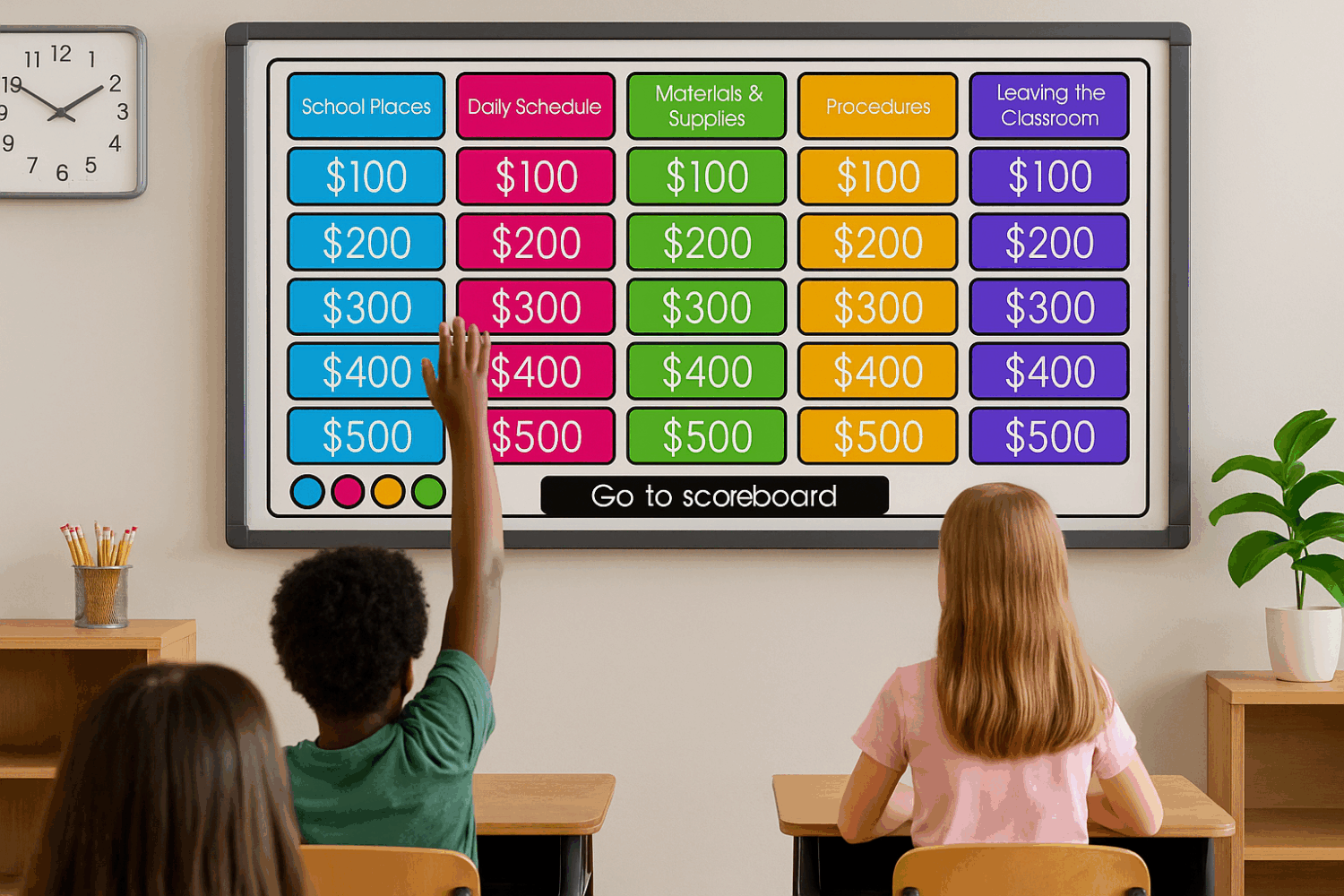
Students play in teams to review classroom rules, expectations, and procedures. It’s a fun, interactive way to reinforce key routines without repeating the same directions over and over.
What You Need:
Step-by-Step Directions:
Why It Works:
It reviews expectations in a fun, team-based format and encourages friendly competition and collaboration.
P.S. Want to use this in your classroom? I’ve got a free editable Jeopardy game ready to go. Just leave your email below to grab it!
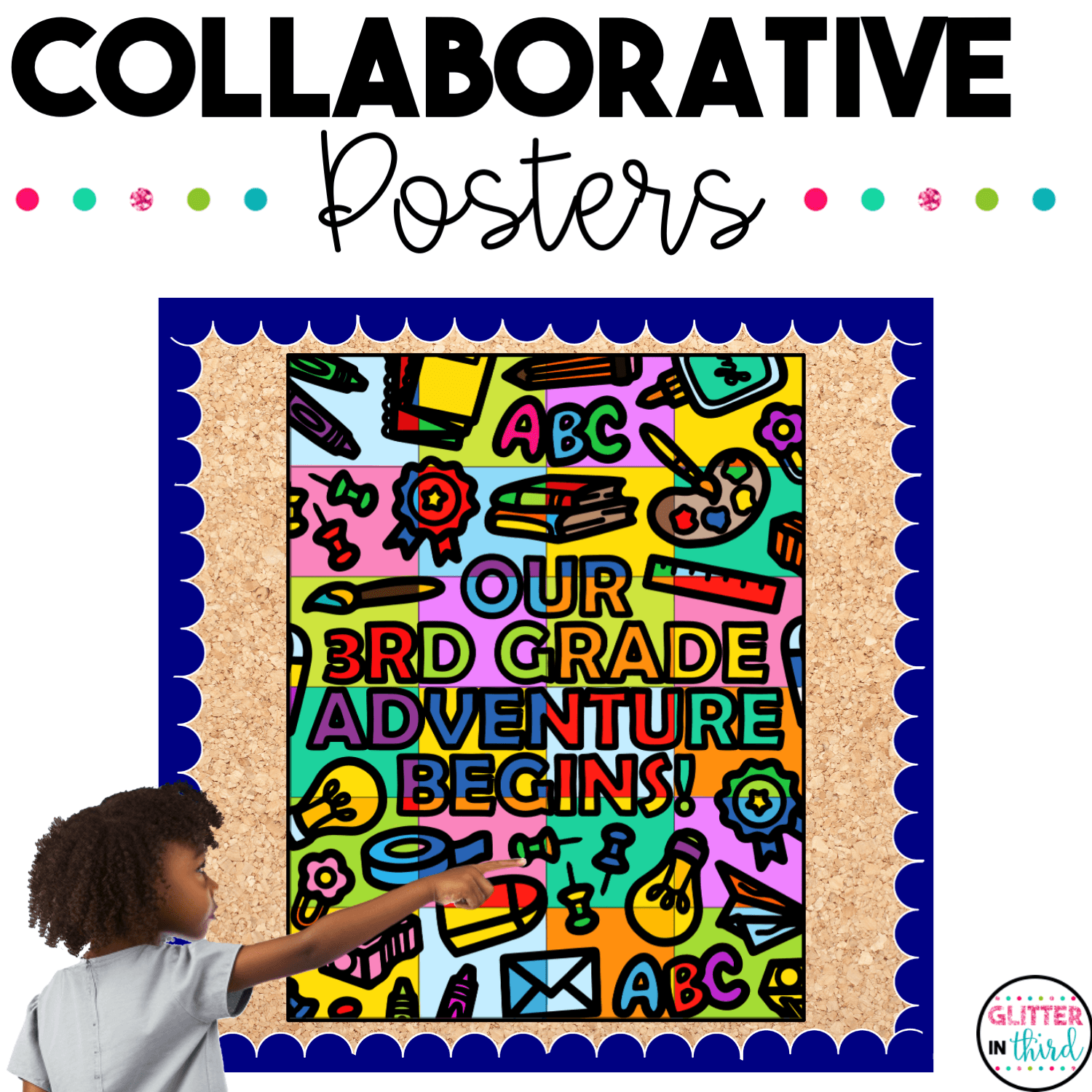
Kickstart your school year with a fun and engaging group activity that doubles as a bulletin board display – a collaborative coloring poster! This collaborative coloring poster helps build a sense of community and teamwork—while giving your students something to be proud of from day one.
Each student gets one piece of the larger poster to color. When all the pieces are assembled, they reveal the message: “Our 3rd Grade Adventure Begins.” It’s a creative, low-prep activity that gets everyone involved.
What You Need:
Step-by-Step Directions:
Why It Works:
It promotes teamwork, creativity, and a strong sense of classroom community—plus it gives you a ready-to-go back-to-school display.
Bonus:
This poster is available for 2nd, 3rd, 4th, and 5th grade, so you can use it with any class or grade level team!
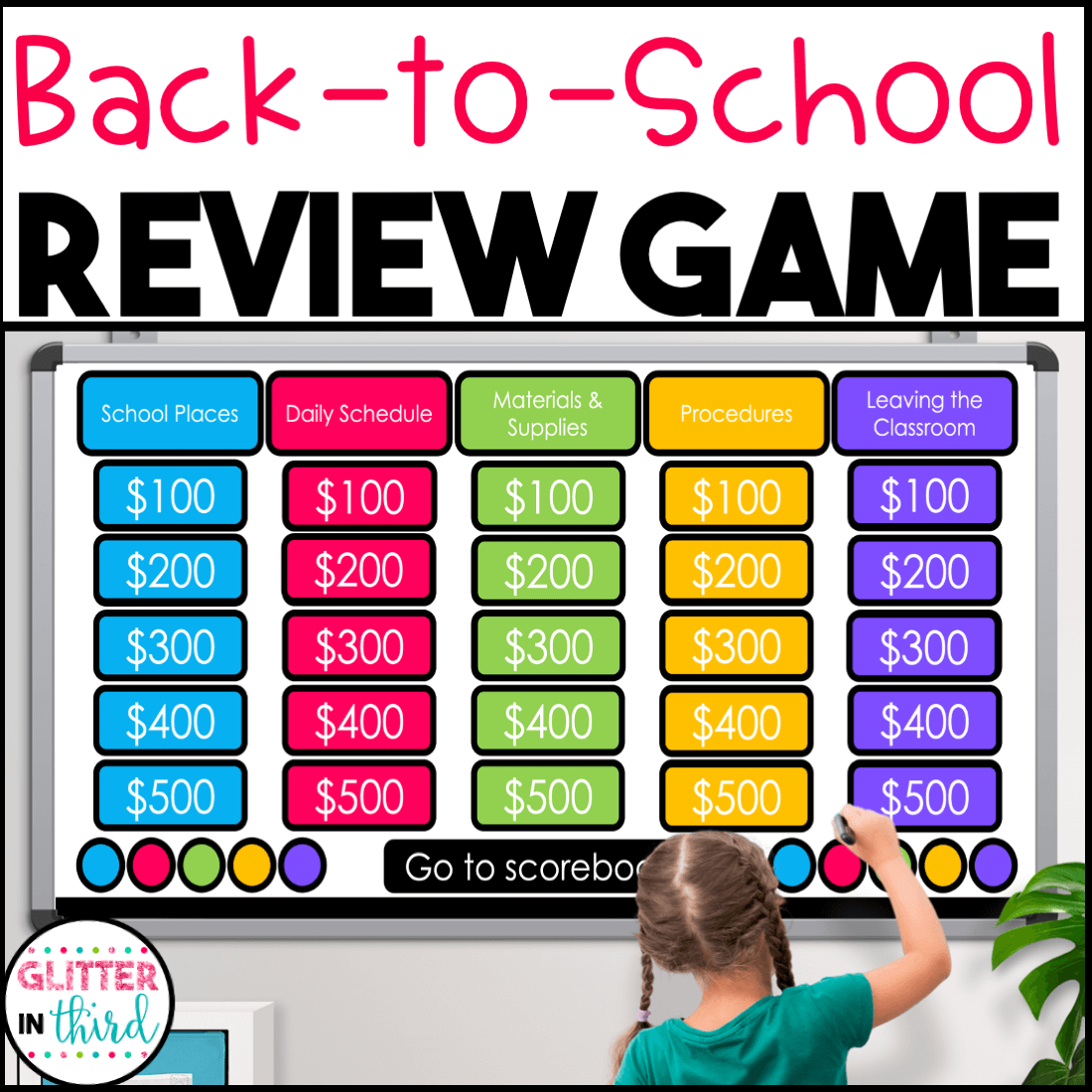
This free Back to School Jeopardy game helps you review routines and procedures in a fun, low-pressure way—right when students need it most (think: week 2 or 3).
It’s editable, engaging, and perfect for reinforcing expectations like how to line up, where to turn in work, or what voice level to use—without another lecture.
Your students will love it. You’ll love not repeating yourself.
Enter your email below to get your free copy!
Group activities are one of the most powerful tools you can use during the first week of school. They allow you to teach expectations, encourage collaboration, and get to know your students in a way that feels natural and fun.
Whether it’s a classroom scavenger hunt, an expectation sorting challenge, or a free Jeopardy game, these group activities for the first week of school help students ease into the year with confidence—and help you create a positive learning environment from day one.

Hey there, I’m Kelly! I I love helping teachers save time with technology and resources so they have more hours in the day to spend with family and friends. Take a look around to find new ideas that you can implement in your classroom today!